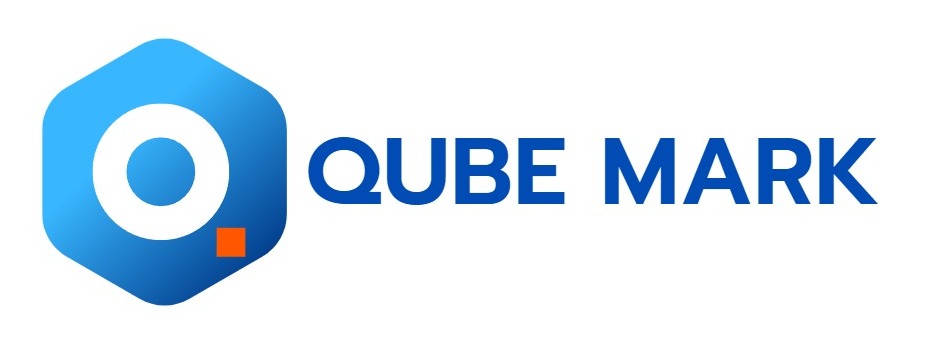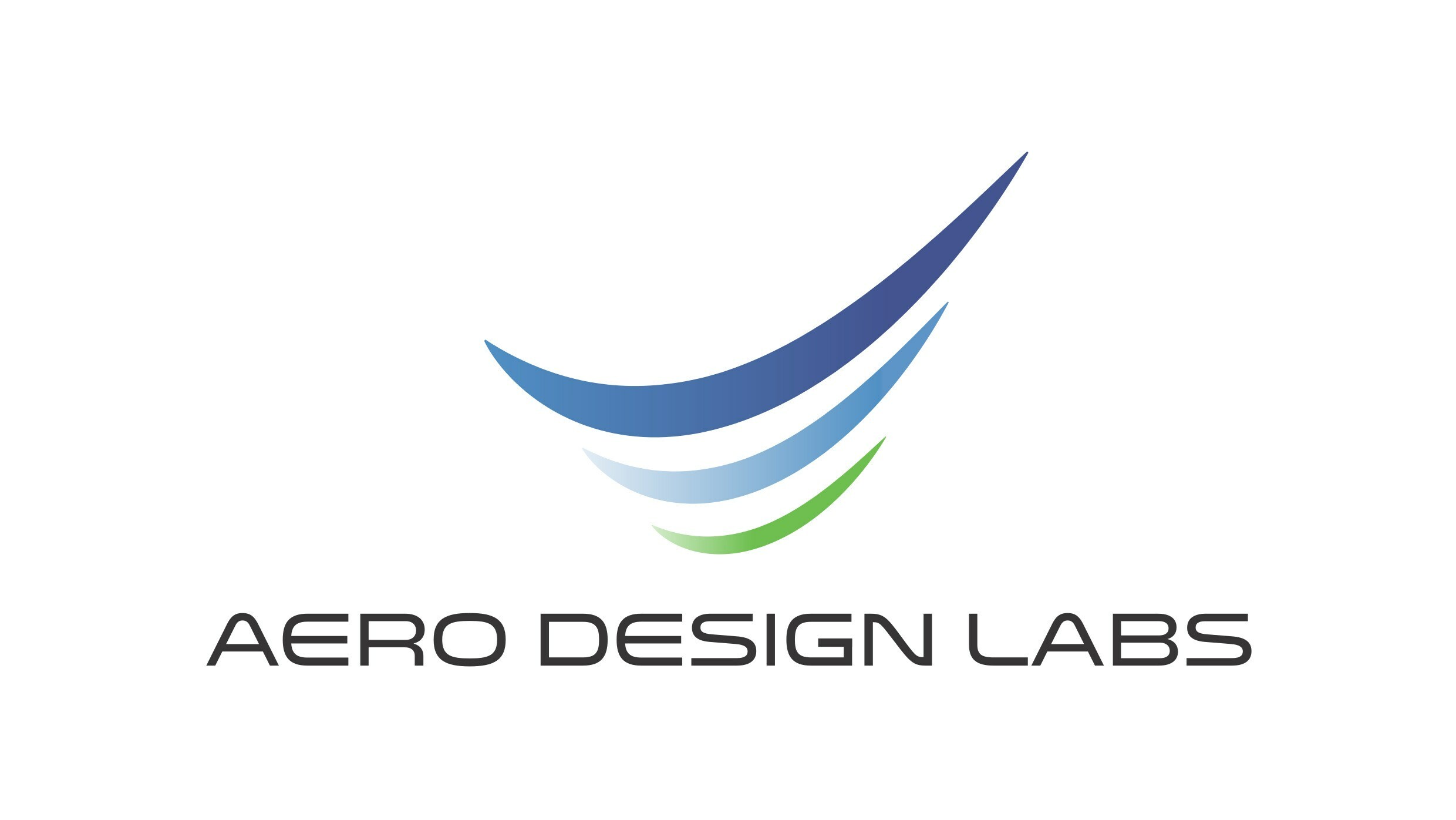NEW YORK, Feb. 7, 2025 -- Report on how AI is redefining market landscape - The global projector market size is estimated to grow by USD 4.79 billion from 2025-2029, according to Technavio. The market is estimated to grow at a CAGR of 5.1% during the forecast period. Increasing adoption of projectors in entertainment industry is driving market growth, with a trend towards introduction of interactive projectors. However, low lamp life poses a challenge.Key market players include AAXA Technologies Inc., Acer Inc., ASUSTeK Computer Inc., Canon Inc., Hitachi Ltd., InFocus, JVCKENWOOD Corp., Koninklijke Philips NV, Lenovo Group Ltd., LG Corp., Magnasonic, MicroVision Inc., Qisda Corp., Samsung Electronics Co. Ltd., Seiko Epson Corp., Shenzhen Hotack Technology Co.Ltd., Sony Group Corp., Texas Instruments Inc., ViewSonic Corp., and YABER.
Key insights into market evolution with AI-powered analysis. Explore trends, segmentation, and growth drivers- View Free Sample PDF
Projector Market Scope | |
Report Coverage | Details |
Base year | 2024 |
Historic period | 2019 - 2023 |
Forecast period | 2025-2029 |
Growth momentum & CAGR | Accelerate at a CAGR of 5.1% |
Market growth 2025-2029 | USD 4789.4 million |
Market structure | Fragmented |
YoY growth 2022-2023 (%) | 4.7 |
Regional analysis | APAC, Europe, North America, South America, and Middle East and Africa |
Performing market contribution | APAC at 43% |
Key countries | US, China, Germany, UK, Japan, France, India, Canada, Brazil, and Saudi Arabia |
Key companies profiled | AAXA Technologies Inc., Acer Inc., ASUSTeK Computer Inc., Canon Inc., Hitachi Ltd., InFocus, JVCKENWOOD Corp., Koninklijke Philips NV, Lenovo Group Ltd., LG Corp., Magnasonic, MicroVision Inc., Qisda Corp., Samsung Electronics Co. Ltd., Seiko Epson Corp., Shenzhen Hotack Technology Co.Ltd., Sony Group Corp., Texas Instruments Inc., ViewSonic Corp., and YABER |
The projector market is thriving with trends such as image projectors becoming increasingly popular as optical devices for moving images. Projection screens and lenses are essential components, with lasers and filter-free chips like DLP improving image quality. The education industry is embracing technological gadgets for distant learning, smart learning, mobile teaching, and electronic learning. The corporate sector is also adopting projectors for meetings, training, and conferences to enhance engagement. Consumer electronics like smart phones, tablets, and portable projectors are making projection units more accessible. The internet, memory devices like USB and HDMI, and MHL connectors enable real-time input from cell phones and laptops. Projectors offer high-resolution, high-definition displays, and are becoming more portable, lightweight, and cost-effective. Home entertainment and government and educational sectors are significant markets, along with movie theaters, screens, and virtual retinal displays. Digital transformation is driving the market, with improvements in screen quality, power consumption, and heat emissions. Projectors cater to various industries, including organizations, educational institutions, and businesses, offering superior quality for presentations, movies, and videos.
Interactive projectors are innovative devices that function similarly to interactive whiteboards, but with the projector serving as the interactive tool. These devices eliminate the need for a traditional whiteboard, allowing the computer's display to be projected onto any surface. Users can control the computer using a stylus, pen, or their fingers. Interactive projectors have revolutionized classrooms in the education sector, providing an engaging learning experience for students and a valuable teaching tool for teachers. Additionally, the corporate world has discovered the benefits of using these devices for presentations and various other purposes. Interactive projectors, along with interactive whiteboards and interactive flat panel displays, have become essential tools in modern teaching and business environments.
Request Sample of our comprehensive report now to stay ahead in the AI-driven market evolution!
- The projector market encompasses various optical devices used for moving images onto a projection screen. Key players include image projectors, video projectors, slide projectors, overhead projectors, and even retinal projectors. Challenges in this industry include the use of lasers, filter-free chips like DLP, and maintaining screen quality. The education sector is a significant market, with technological gadgets like smart learning, mobile teaching, and electronic learning driving demand. The corporate sector also utilizes projectors for meetings, training, and conferences. Consumer electronics such as smartphones, tablets, and portable projectors are gaining popularity due to their portability and internet-capability. Connectivity options like USB, HDMI, and MHL are essential. Power consumption and emissions are concerns, with advancements in LED Pico projectors addressing these issues. The government and educational sectors, as well as corporate sectors and startup companies, seek high-resolution, high-definition projectors for classrooms, movie theaters, and business presentations. Cost, portability, and superior quality are key factors influencing purchasing decisions. The market is undergoing digital transformation, with improvements in screen quality, lightweight designs, and simple operation. Projectors are used in various industries, from home fun to movie theaters, and from business presentations to educational institutions. The market includes 2D and 3D projectors, as well as virtual retinal displays and real-time input devices. The future of projectors lies in their ability to provide superior quality, while addressing challenges like heat, power, installation, and maintenance costs.
- Lamp-based projectors, such as those using LCoS technology, encounter challenges with frequent lamp replacements. The end-user may need to replace lamps every 1-2 years if the projector is used for 3-6 hours daily, resulting in an additional cost of approximately USD1,000 for four lamps over five years. LED-based projectors, while more expensive upfront, offer a long-term cost advantage due to their longevity. LED projectors do not require lamp replacements, and their lifespan is estimated to be around five years. However, LED projectors have a lower brightness level and project images of lower resolution compared to lamp-based projectors.
Discover how AI is revolutionizing market trends- Get your access now!
This projector market report extensively covers market segmentation by
- Technology
- LCD
- DLP
- LCoS
- Type
- Short
- Ultra Short
- Normal
- Geography
- APAC
- Europe
- North America
- South America
- Middle East And Africa
1.1 LCD- LCD projectors utilize technology similar to TVs, featuring three liquid crystal panels for creating full-color images using primary colors: red, blue, and yellow. Known as 3LCDs, these projectors provide vivid visuals, making them suitable for home theatres and media rooms. The Sony VPL-HW45ES, for instance, offers full HD 3D capabilities, a 1.6x manual zoom lens, and improved video processing functions. LCD projectors, which use three transparent LCD screens, are popular in emerging economies due to their cost-effectiveness. However, the market growth is hindered by the limited adoption of LCD technology in portable pico projectors. Despite this challenge, the demand for LCD projectors is anticipated to increase in the global projector market, contributing to its growth in the forecast period.
Download a Sample of our comprehensive report today to discover how AI-driven innovations are reshaping competitive dynamics
An image projector is an optical device that projects moving images onto a projection screen for larger viewing. It uses a lens to focus light from the projector onto the screen, creating a larger-than-life image. Image projectors come in various types, including video projectors, slide projectors, overhead projectors, and even retinal projectors. The education industry has embraced image projectors for distant learning, smart learning, mobile teaching, and electronic learning. The corporate sector also uses projectors for presentations and meetings. Recent advancements include the use of screens with high screen quality, portability, filter-free chips, and even virtual retinal displays. Startup companies are also entering the market with innovative solutions, while movie theaters continue to offer an cinematic experience. Regardless of the application, image projectors offer a versatile and engaging way to display and share visual content.
Projectors are optical devices that project moving images onto a projection screen, transforming static images into an visual experience. They use various technologies like lasers, DLP chips, and LEDs to display high-resolution, high-definition images and videos. Projectors have gained popularity in various sectors, including education and the corporate world, due to their portability and ability to support interactive learning and remote working. Consumers can choose from a range of projectors, including LED pico projectors, smartphones, tablets, and portable projectors, which offer built-in speakers, long battery life, and connectivity options like USB, HDMI, and MHL. The technological advancements in projectors have led to improvements in screen quality, display, and portability, making them an essential gadget for both personal and professional use. With the digital transformation, projectors have found applications in home entertainment, government, educational institutions, movie theaters, and business presentations. The market for projectors is vast and diverse, catering to the needs of organizations, schools, and individuals alike. Projectors offer a cost-effective and engaging solution for displaying still images, videos, audio files, and interactive worksheets, making them an indispensable tool for modern-day learning and business.
1 Executive Summary
2 Market Landscape
3 Market Sizing
4 Historic Market Size
5 Five Forces Analysis
6 Market Segmentation
- Technology
- LCD
- DLP
- LCoS
- Type
- Short
- Ultra Short
- Normal
- Geography
- APAC
- Europe
- North America
- South America
- Middle East And Africa
7 Customer Landscape
8 Geographic Landscape
9 Drivers, Challenges, and Trends
10 Company Landscape
11 Company Analysis
12 Appendix
Technavio is a leading global technology research and advisory company. Their research and analysis focuses on emerging market trends and provides actionable insights to help businesses identify market opportunities and develop effective strategies to optimize their market positions.
With over 500 specialized analysts, Technavio's report library consists of more than 17,000 reports and counting, covering 800 technologies, spanning across 50 countries. Their client base consists of enterprises of all sizes, including more than 100 Fortune 500 companies. This growing client base relies on Technavio's comprehensive coverage, extensive research, and actionable market insights to identify opportunities in existing and potential markets and assess their competitive positions within changing market scenarios.
Technavio Research
Jesse Maida
Media & Marketing Executive
US: +1 844 364 1100
UK: +44 203 893 3200
Email: media@technavio.com
Website: www.technavio.com/
This News is brought to you by Qube Mark, your trusted source for the latest updates and insights in marketing technology. Stay tuned for more groundbreaking innovations in the world of technology.









